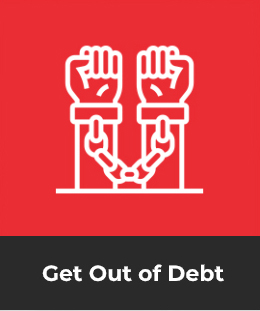

Its dimensions set it apart from the previous incarnation of the prosperity gospel, which emphasized tithing and confessing. We call this the rise of the prosperity ethic. This article proposes that a shift has taken place. He observes that “due to their links to Western Christianity, continue to be triumphalist and have developed a theology of prosperity often expressed in their preaching.” 5 This observation complements a ten-country survey run by Pew Research, which revealed that 85 percent of Charismatics agreed that “God will grant material prosperity to all believers who have enough faith.” 4 For Filipino theologian Joel Tejedo, this is the case, too, for pentecostal megachurches, which are among the most influential religious institutions in the Philippines. Today the prosperity gospel is discernible in messages preached in churches all over the country. It became most influential with the success of El Shaddai, a Catholic renewal movement led by Brother Mike Velarde. The prosperity gospel provided the religious language for the material aspirations of many Filipinos. 2 Social and civic engagements characterized the activities of these churches, but over time, they became increasingly prosperity-oriented. It was a time when many new congregations and prayer groups-Catholic and otherwise-attracted low-income followers. 1 Its seeds were sown in the 1980s in charismatic circles around the country. It preaches that material wealth and physical health are God’s will for believers. The prosperity gospel has been a long-standing marker of contemporary Christianity in the Philippines. Keywords: prosperity gospel prosperity ethic neoliberalism Christianity Philippines


 0 kommentar(er)
0 kommentar(er)
